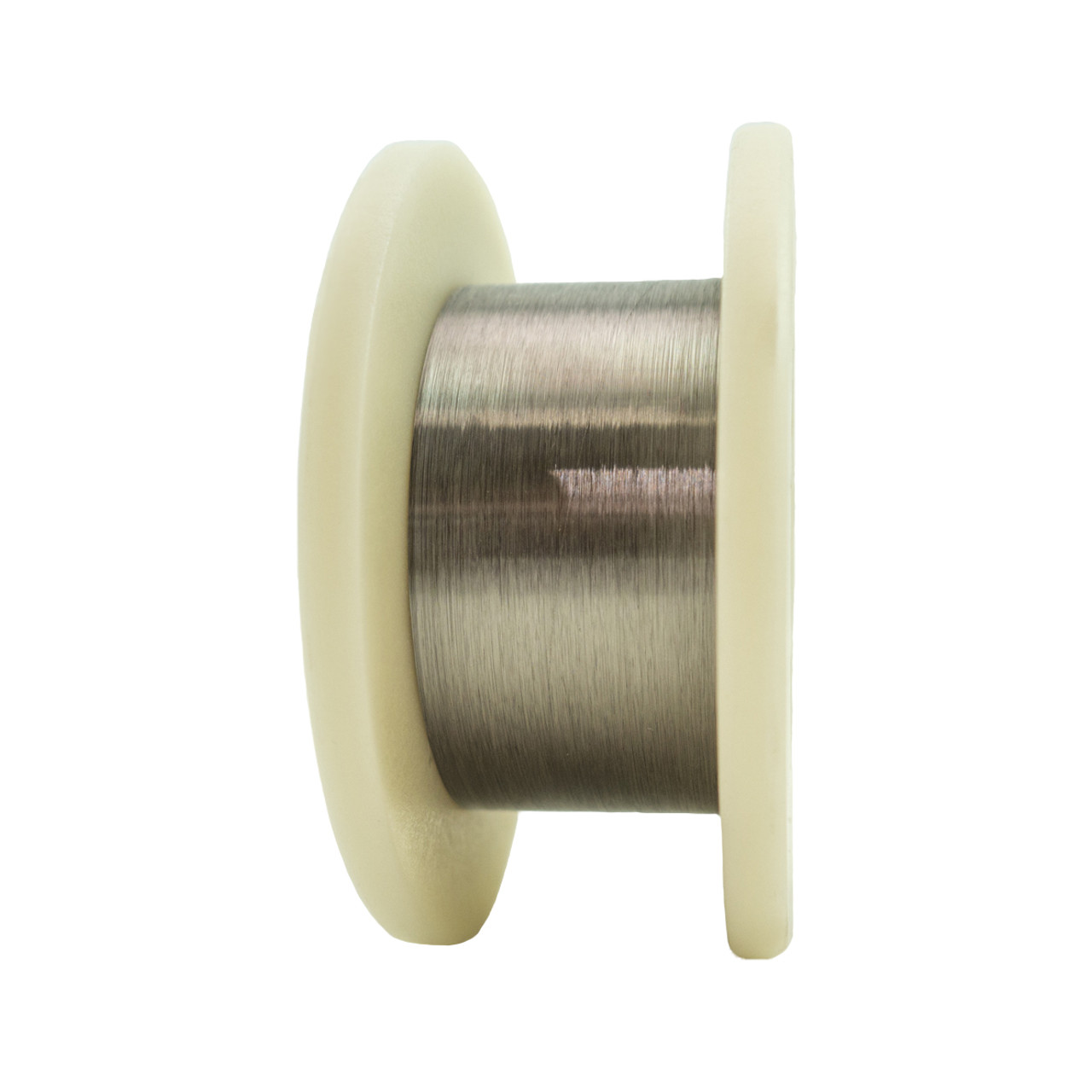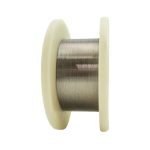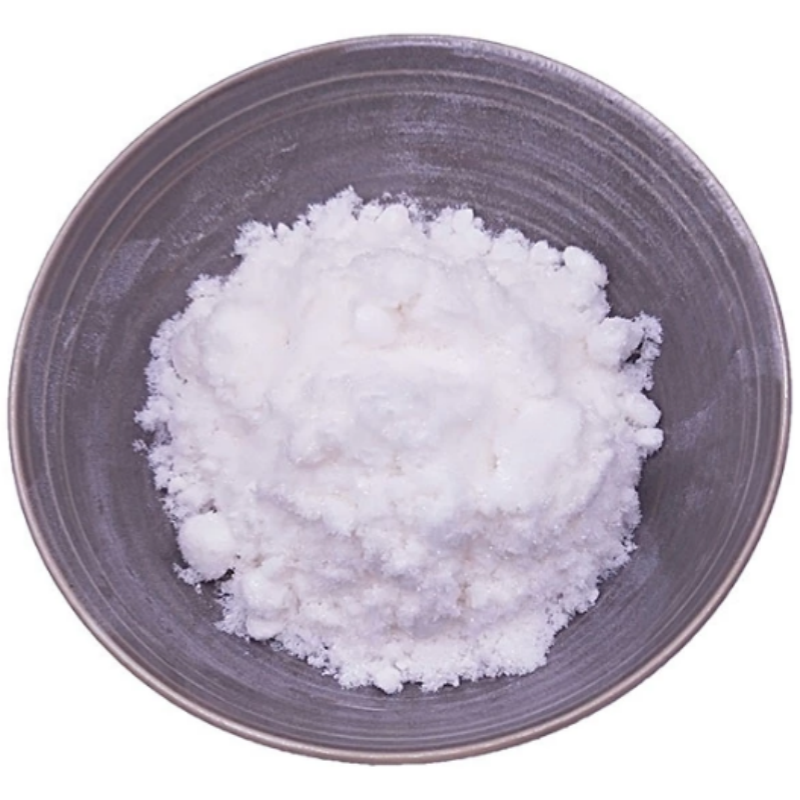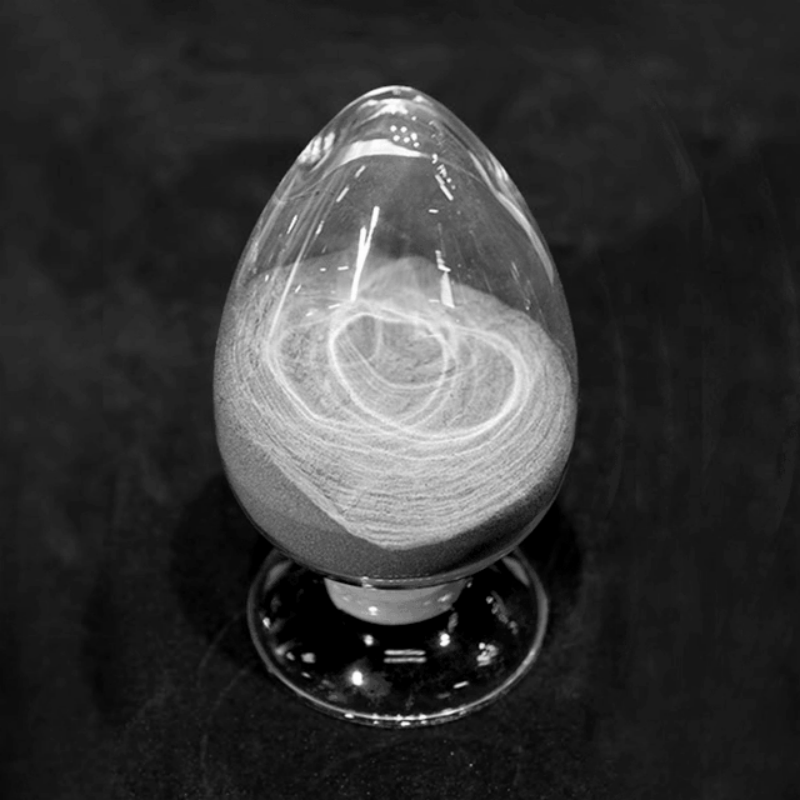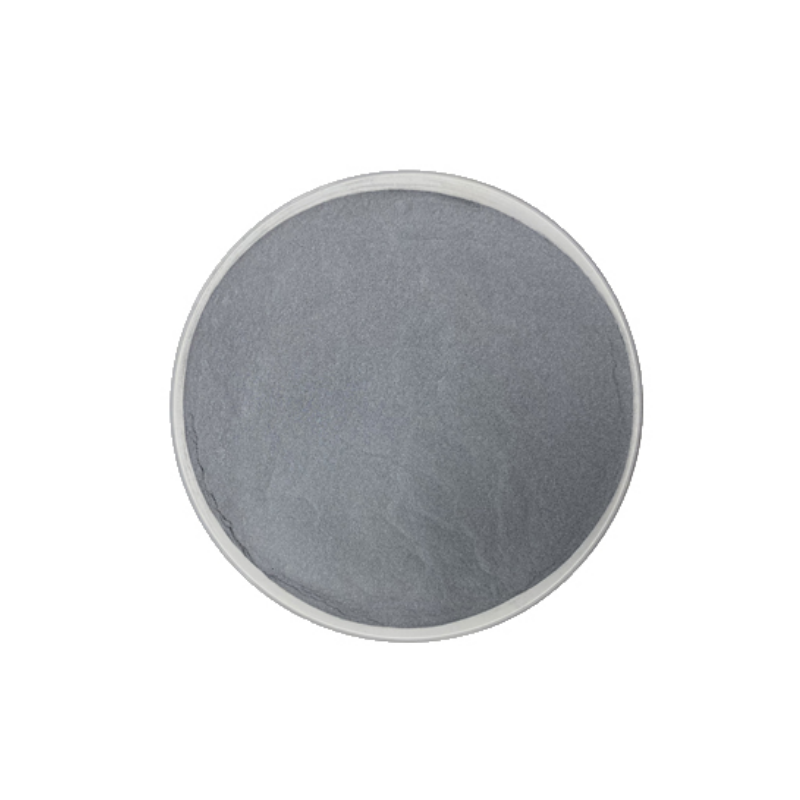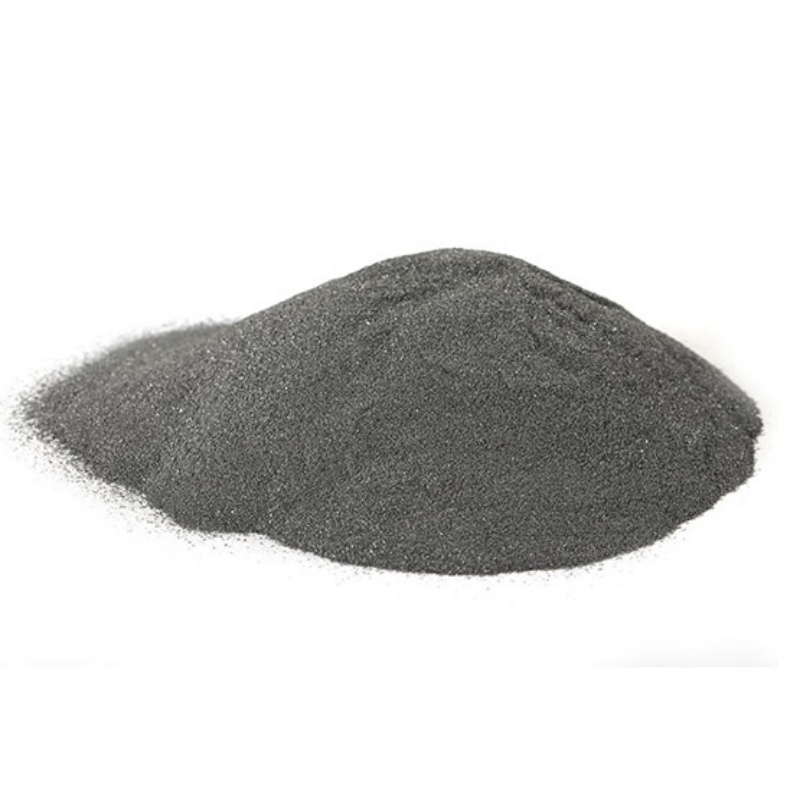Product Overview
Tungsten wire is a metal wire made from high-purity tungsten, known for its extremely high melting point and density. It is widely used in industries where high temperatures and high strength are required. With a melting point of 3410°C and a boiling point of 5660°C, tungsten wire is ideal for manufacturing high-temperature, high-strength, and corrosion-resistant components. Due to its chemical stability and good electrical conductivity, tungsten wire has critical applications in electronics, aerospace, and many other industries.
Key Features
- High Purity: Made from tungsten materials with a purity range of 3N to 5N, ensuring high quality and superior performance in demanding applications.
- High Melting Point and Heat Resistance: Tungsten wire can operate stably at extremely high temperatures, making it suitable for high-temperature environments.
- Chemical Stability: Tungsten is chemically stable at room temperature, not reacting with air or water, and exhibits excellent corrosion resistance.
- Strength and Hardness: Tungsten wire has very high strength and hardness, making it ideal for manufacturing ultra-hard equipment and tools.
Applications
Tungsten wire is widely used across a variety of industries, including:
- Steel Metallurgy: Tungsten plays a vital role in the smelting of high-quality steel, enhancing the steel's high-temperature hardness.
- Hard Alloy Manufacturing: Tungsten wire is used in the production of hard steel and hard alloys for cutting tools, drill bits, molds, and more.
- Electronics and Machinery: Tungsten wire is used in manufacturing electronic components, light bulb filaments, arc welding electrodes, and other electronic and mechanical applications.
- Aerospace and Military: Tungsten wire is used in the production of high-strength components like rocket nozzle tips and armor-piercing projectiles.
- Other Industrial Applications: Tungsten wire also finds use in industries such as mining, metallurgy, construction, transportation, and chemicals.
| Element | Measured Value | Standard Value | Unit | Element | Measured Value | Standard Value | Unit | Element | Measured Value | Standard Value | Unit |
| Li | Zn | Pb | <10 | ppm | |||||||
| B | Ga | Bi | <10 | ppm | |||||||
| F | Ge | Y | |||||||||
| Na | As | Th | |||||||||
| Mg | <30 | ppm | Se | Er | |||||||
| Al | <20 | ppm | Zr | Ru | |||||||
| Si | <50 | ppm | Nb | Rh | |||||||
| P | Mo | <100 | ppm | Os | |||||||
| Cl | Pd | Cd | |||||||||
| K | Ag | In | |||||||||
| Ca | <50 | ppm | Sn | <10 | ppm | ||||||
| Ti | Sb | <10 | ppm | ||||||||
| V | Ba | ||||||||||
| Cr | ppm | Hf | |||||||||
| Mn | Ta | C | 80 | ppm | |||||||
| Fe | <50 | ppm | W | Matrix | wt% | S | |||||
| Co | Pt | O | 50 | ppm | |||||||
| Ni | <30 | ppm | Au | N | 30 | ppm | |||||
| Cu | Hg | H |
 new material
new material

